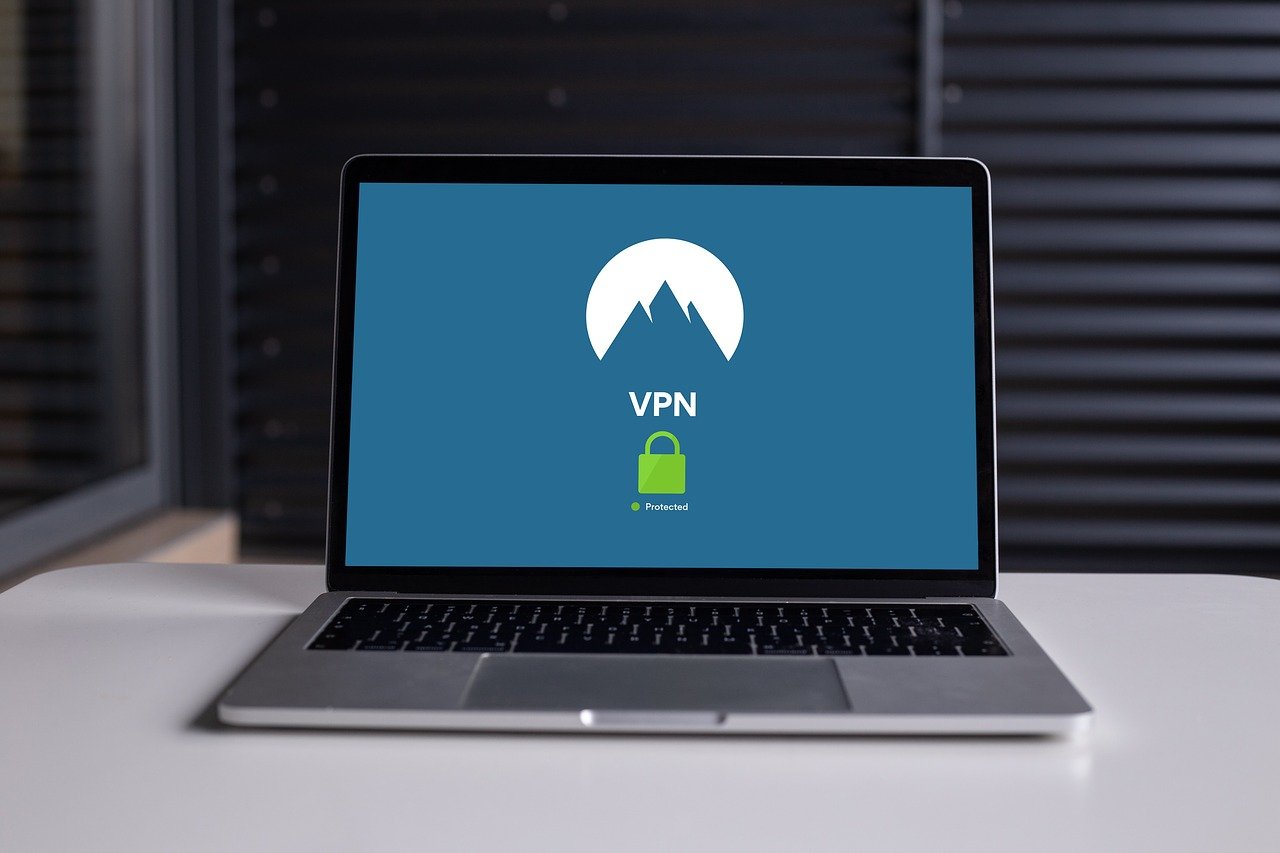Before the internet, metal fences were enough to stop most security risks. Now, cybercriminals can wreak havoc in many different ways, making security a proactive and critical priority for business owners.
This article aims to guide you through the key steps for assessing and improving the security of your business, with an emphasis on implementing robust security measures, policies, and best practices.

Step 1: Conduct a Security Audit
The first step in assessing your business security is to conduct a comprehensive security audit. A security audit will unveil your existing security measures, if any, and identify gaps and vulnerabilities in your defenses. A thorough audit helps pinpoint areas that need immediate attention and aids in crafting a more effective security strategy. Some critical areas to focus on in security audits are:
- Network security
- The physical security of your premises
- Review your employee access controls
Tracking changes in your systems and databases providesa comprehensive audit trail, facilitating compliance with regulatory checklist.
Step 2: Update and Strengthen Security Policies
Once the audit is complete, it’s time to update your security policies. All of those weak links you identified during the audit need to be addressed. Standard focus areas for strengthening security policies include:
- Setting stringent data access controls
- Ensuring regular updates of systems and software, and
- Establishing protocols for emergencies, also known as an incident response plan.
Clear, concise, and regularly updated policies not only help in safeguarding sensitive data but also in creating a culture of security awareness among employees.
Step 3: Implement Strong Password Management
Another critical security policy for businesses is strong password management. Credential stuffing and harvesting are common entry points for cybercriminals, requiring businesses to pay special attention to the length and complexity of their passwords.
A tool that can significantly aid businesses in managing employee credentials is a password manager. Password managers help by generating and storing complex passwords for individual users or teams, eliminating the need for storing passwords insecurely or using easy-to-guess passwords. It helps maintain a high level of password security across the organization and significantly reduces the risk of data breaches.
Step 4: Train Your Employees
With 84% of data breaches resulting from human error, it is easily the most common security risk businesses face. Employees almost exclusively rely on technology to do their jobs yet often lack formal training to understand and recognize security risks.
Provide regular training to your employees about security best practices, potential threats like phishing scams, and the importance of adhering to company policies. The training should be comprehensive, continuous, and tailored to different roles within your organization. One approach to employee training that has been catching steam recently is human behavior management.
Step 5: Regularly Update and Backup Data
Outdated software is another common entry point for hackers. Without having the latest updates, your systems are exposed to many vulnerabilities that cybercriminals know about. Ensure all your business software is up-to-date with the latest security patches and updates. Enable automatic updates whenever possible and remind employees to adhere to these security practices.
Additionally, regular backups of important data are crucial. In a security breach or data loss, having up-to-date backups can mean the difference between a minor setback and a significant disruption in business continuity.

Step 6: Secure Sensitive Business Data with a VPN
If your business employs remote workers, securing their data and network access poses a unique challenge, especially if they use their personal devices. One solution to this problem is deploying a Virtual Private Network (VPN) across the business.
A VPN establishes a secure and encrypted connection over networks that might be less secure, such as public networks. So, even if employees access business networks remotely, their connection is encrypted, shielding all sensitive information.
Here, it’s also important to select a reliable VPN that would be a perfect fit for your business. A Reddit user created a useful database called the VPN comparison table to address the strengths and weaknesses of available VPN providers.
Step 7: Monitor, Review, and Improve
Finally, the key to maintaining robust security is constant vigilance. Threats and attack techniques constantly evolve, so you must evolve with them. Regularly monitoring your network for any unusual activity, periodic reviews of your security policies, and staying informed about the latest cybersecurity trends are all essential practices. Remember, security is not a one-time effort but a continuous improvement process.
Consider investing in monitoring and detection tools to help you stay on top of threats. It’s also critical to foster a security-centric mindset among all employees, as their awareness and proactive behavior play a pivotal role in fortifying the company’s overall security posture.
Conclusion
Assessing and improving the security of your business requires a comprehensive approach that includes conducting regular audits, updating policies, training employees, using tools like password managers and VPNs, and constantly monitoring and improving your security posture. By following these steps, you can significantly enhance the security and resilience of your business against the myriad of cyber threats present in today’s digital world.